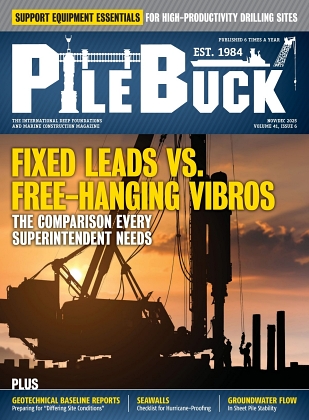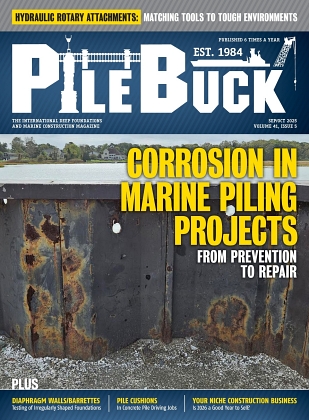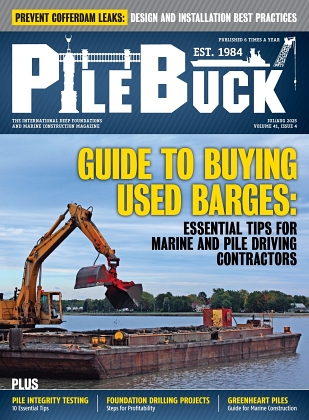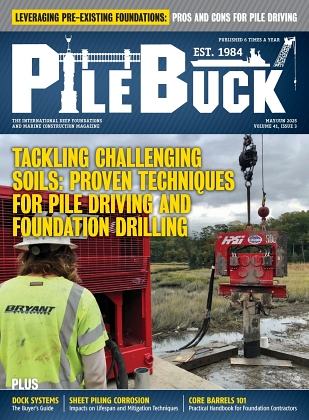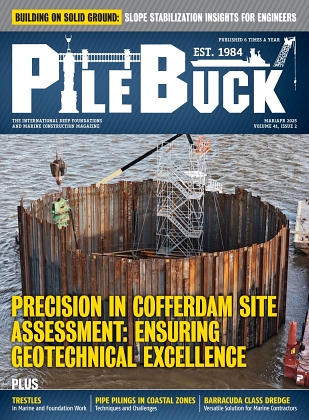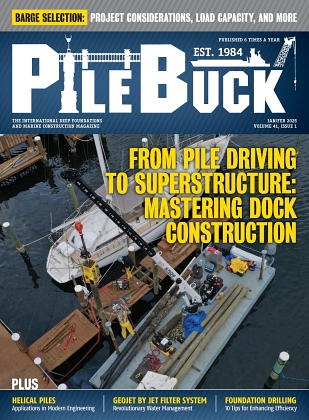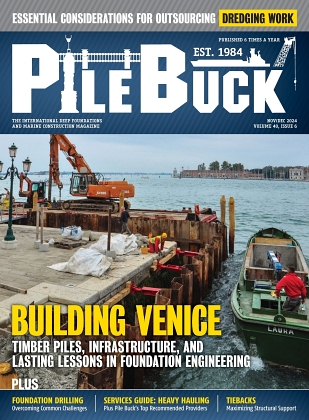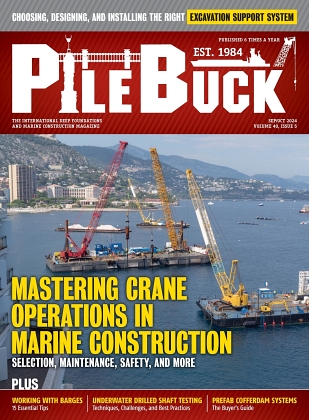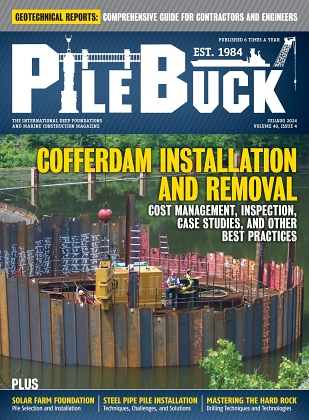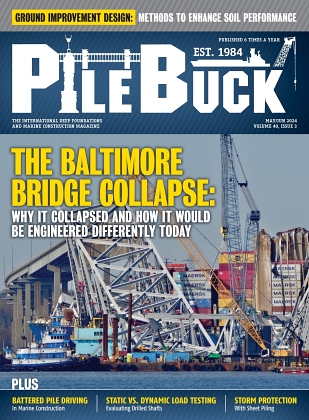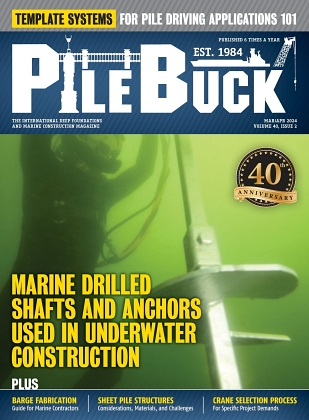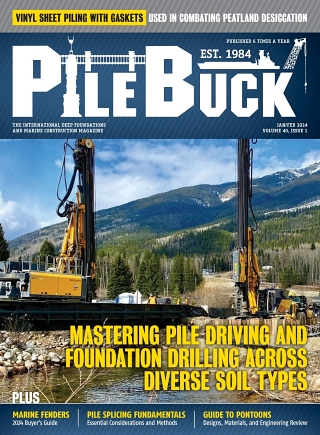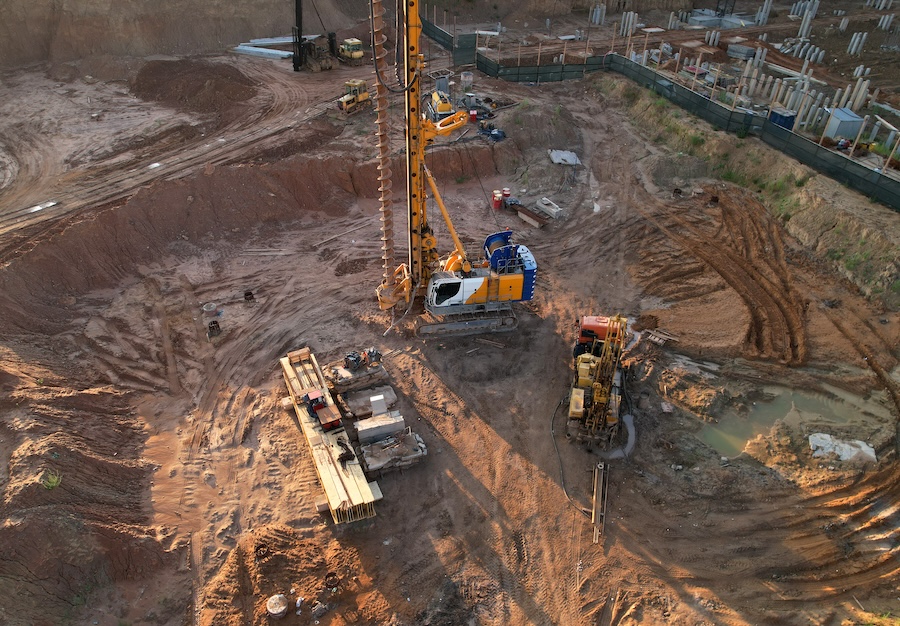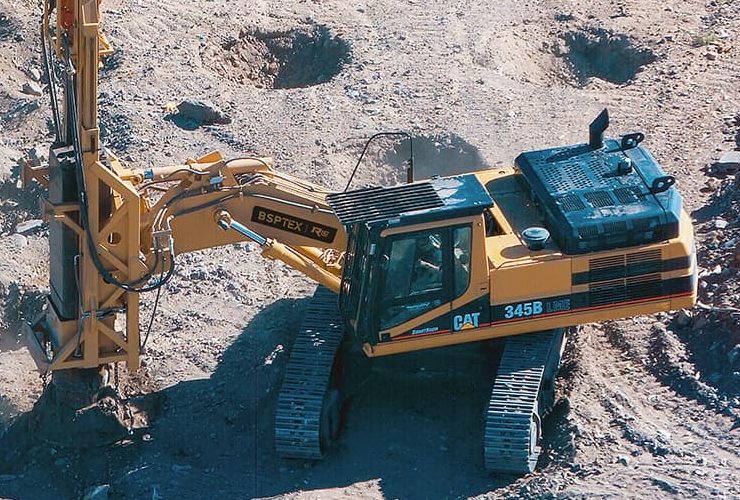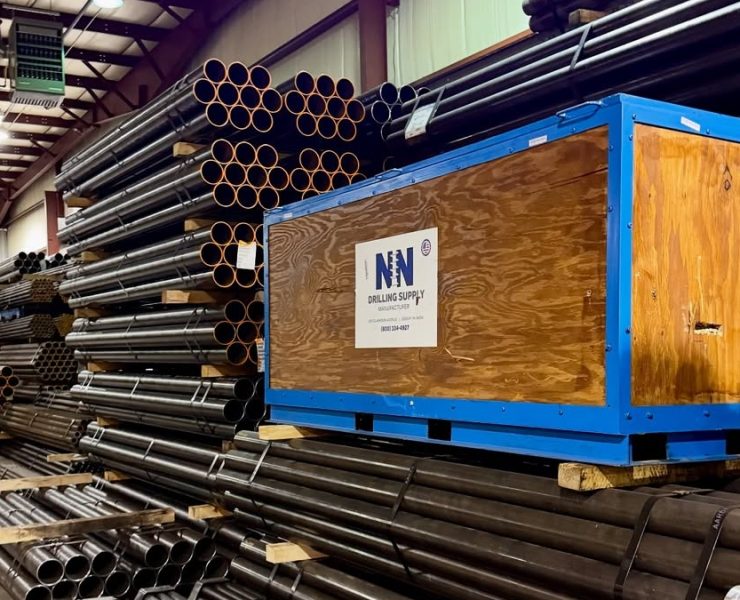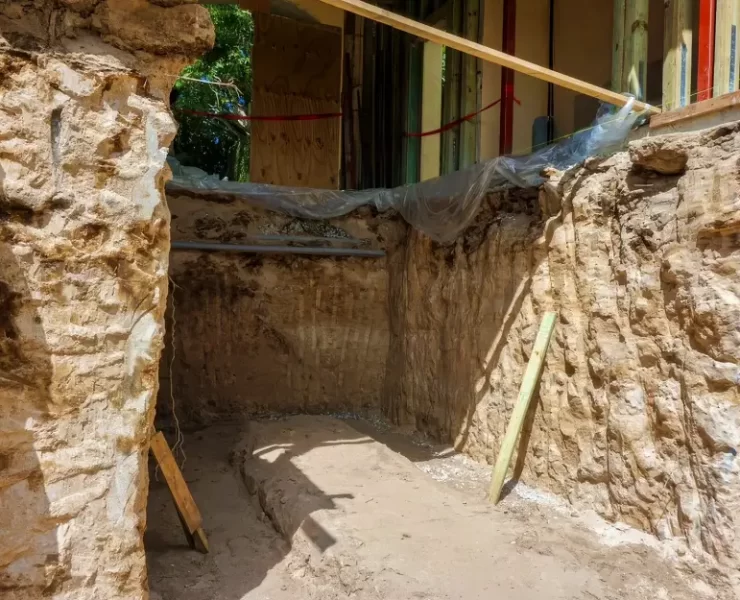Steps for Profitable Foundation Drilling Projects: From Bidding to Completion
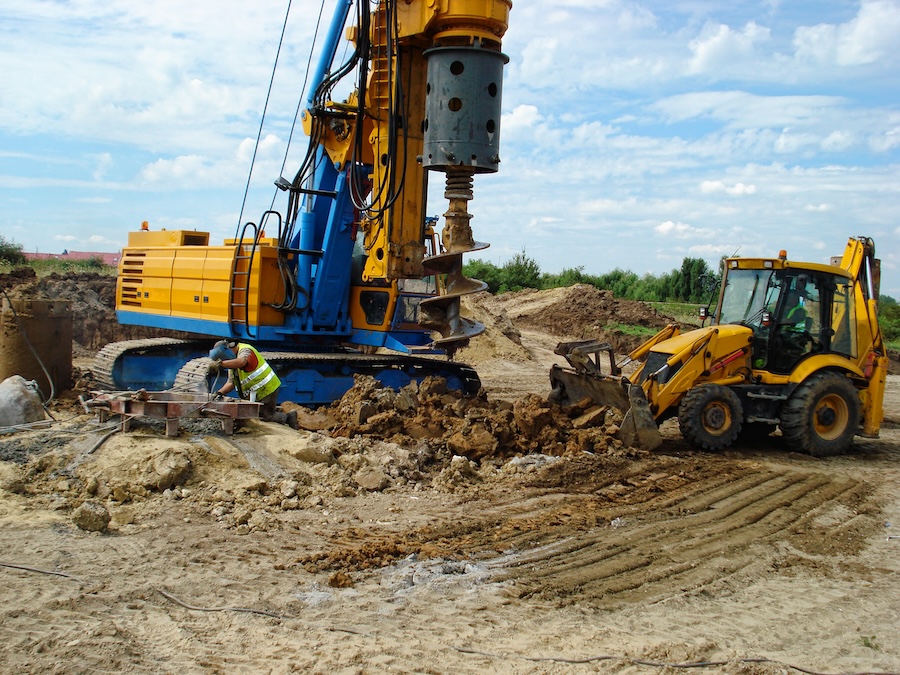

View the complete article here.
Foundation drilling projects—encompassing drilled shafts, micropiles, and other deep foundation techniques—demand meticulous planning and execution to ensure profitability amid rising material costs, labor shortages, and regulatory complexities. Profitability hinges on efficient resource allocation, risk mitigation, and streamlined operations from initial bidding through project closeout. This guide outlines essential steps tailored for contractors, drawing on industry best practices to help minimize overruns, maximize margins, and deliver high-quality results.
Step 1: Thorough Site Evaluation and Pre-Bid Preparation
Success begins with a comprehensive site assessment to identify potential challenges and opportunities. Conduct geotechnical investigations, including soil borings and lab testing, to determine ground conditions like rock hardness or water table levels that could impact drilling methods and costs. Review project specifications, environmental regulations, and access constraints to avoid surprises. Gather historical data from similar projects and consult with engineers to refine estimates. This phase sets the foundation for accurate bidding, reducing the risk of change orders that erode profits.
Step 2: Accurate Bidding and Cost Estimation
Crafting a competitive yet profitable bid requires detailed cost breakdowns for labor, equipment, materials, and contingencies. Factor in variables like fuel prices, subcontractor rates, and potential delays from weather or permitting. Use historical bid data and software tools to model scenarios, aiming for a 10-15% profit margin while remaining realistic. Tools like Jobber can streamline bidding and invoicing processes, helping contractors save an average of 12 hours per week and boost revenue by 44% in their first year. Submit clear, professional proposals that highlight your expertise to stand out from competitors.
Step 3: Equipment Selection and Mobilization
Choose the right drilling rigs, augers, and attachments based on site specifics—opt for high-torque rotary rigs in hard rock or compact models for urban sites. Prioritize reliable, well-maintained equipment to prevent breakdowns; consider renting for short-term needs to control capital expenses. Mobilize efficiently by coordinating logistics, securing permits, and setting up safety protocols. Inventory tools like core barrels and casing oscillators early to ensure availability, and train crews on their use to optimize productivity from day one.
Step 4: On-Site Execution and Project Management
During drilling, adhere to a detailed schedule with daily progress tracking to stay on timeline. Implement quality control measures, such as integrity testing and load verification, to meet specifications and avoid rework. Manage crews effectively by assigning roles based on expertise and monitoring performance metrics like drilling rates. Address issues promptly—use slurry methods in unstable soils or adjust techniques for unexpected obstructions. Maintain open communication with clients and stakeholders through regular updates to build trust and facilitate smooth change management.
Step 5: Cost Control and Risk Mitigation Throughout
Monitor expenses in real-time against the budget, using tracking sheets for fuel, labor hours, and material usage. Mitigate risks by carrying adequate insurance, conducting safety audits, and having contingency plans for delays. Negotiate favorable terms with suppliers and subcontractors to lock in rates. Regularly review variances and adjust as needed; for instance, if overruns occur in mobilization, offset them by accelerating drilling phases where possible.
Step 6: Project Completion, Invoicing, and Lessons Learned
Upon finishing drilling and any required testing, demobilize equipment efficiently and restore the site to contract standards. Prepare final invoices promptly, including all billable extras documented via change orders. Conduct a post-project review to analyze what went well and areas for improvement—document metrics like actual vs. estimated costs and timelines. Use these insights to refine future bids and processes, fostering continuous improvement and higher profitability over time.
View the complete article here.
How can contractors ensure profitability in foundation drilling projects?
Profitability comes from careful site evaluation, accurate bidding, efficient execution, and ongoing cost control.
What are the key steps in managing a successful foundation drilling project?
Plan thoroughly, select proper equipment, execute with quality control, monitor costs, and review lessons learned.

